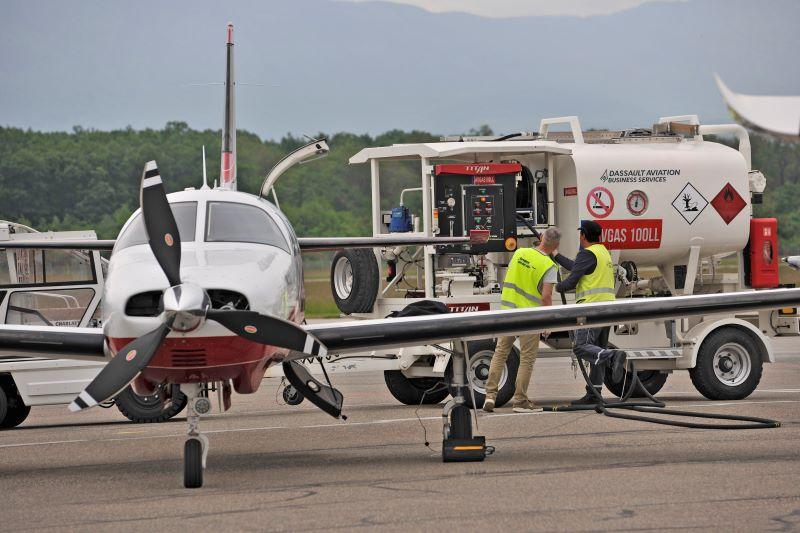
Credit: Mark Wagner/Aviation Images
Piston engine and aircraft manufacturers have not been able to test candidate unleaded fuels in sufficient quantities to understand their properties, executives said June 5 during an update briefing on the FAA and industry Eliminate Aviation Gas Lead Emissions (EAGLE) initiative. “We’re all excited...
Subscription Required
This content requires a subscription to one of the Aviation Week Intelligence Network (AWIN) bundles.
Schedule a demo today to find out how you can access this content and similar content related to your area of the global aviation industry.
Already an AWIN subscriber? Login
Did you know? Aviation Week has won top honors multiple times in the Jesse H. Neal National Business Journalism Awards, the business-to-business media equivalent of the Pulitzer Prizes.





